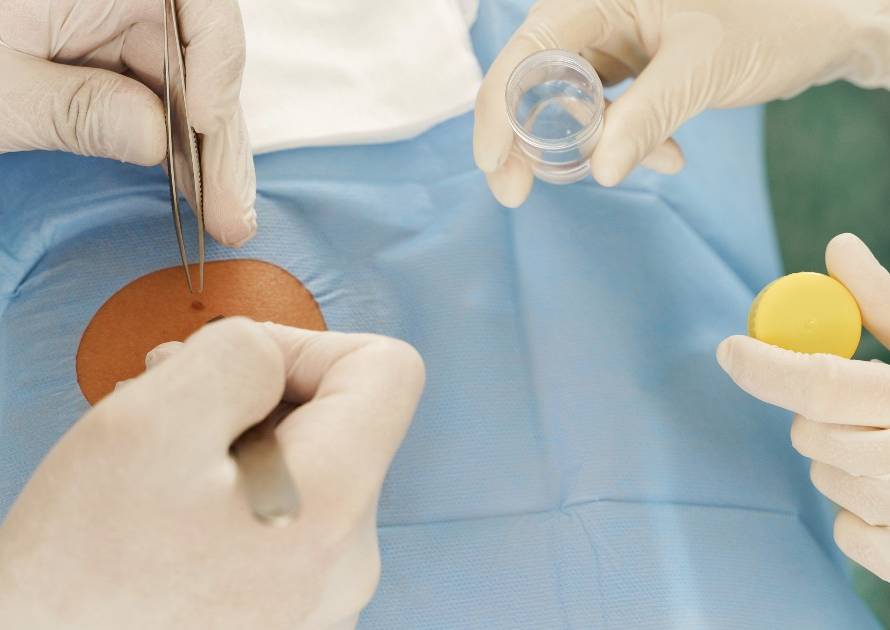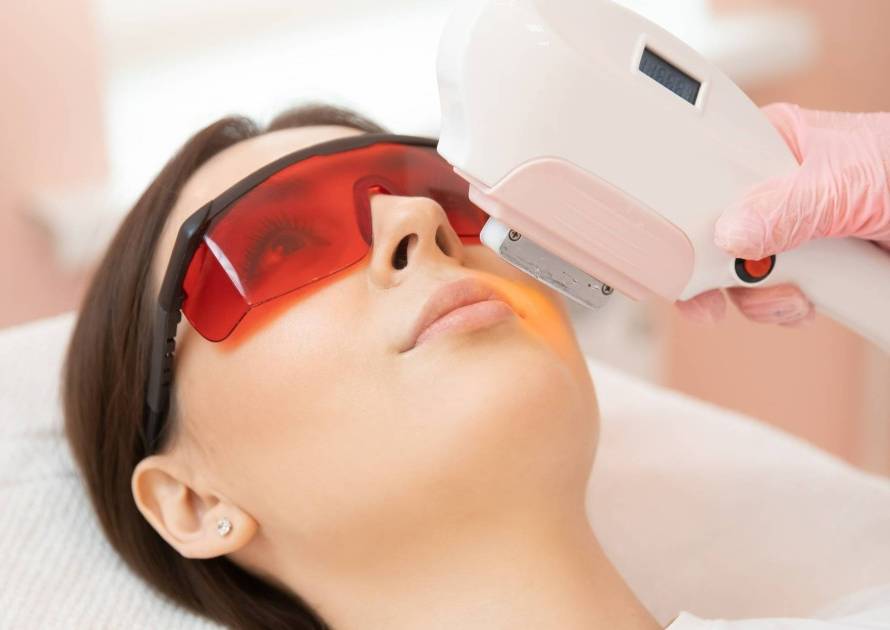Hair loss is nothing for you to be worried about; we lose around 50 to 100 hairs per day without even noticing. However, when hair loss becomes so excessive that it turns into a worrying issue, this is when you need to seek the help of a dermatologist.
Hair loss, or alopecia, can affect your scalp only or your entire body. Sometimes, it is temporary, and other times it becomes a permanent issue. There are many reasons as to why one could be dealing with hair loss. Some of these reasons include heredity, hormonal changes, medical conditions, or a sign of aging. Anyone can lose hair excessively, but it is more common in men than in women.
One side effect of hair loss is baldness, which refers to excessive hair loss leading to the visibility of the scalp. The most common cause of baldness is hereditary hair loss with age. Some people do not mind hair loss and have accepted that it is a must in their life, so they leave it untreated and visible. However, others might cover it up in various ways, including hairstyles, makeup, hats, or scarves. Other people choose to prevent further hair loss and restore growth by choosing one of the treatments available.
Before choosing to pursue hair loss treatment, talk to your dermatologist about the causes of your hair loss and what treatment options are available for you.
Hair Loss Symptoms
Symptoms of hair loss can vary. Hair loss can appear in different ways, depending on the reason it is happening. It can either start suddenly or gradually, and it can either affect your scalp only or your whole body.
Here are the signs and symptoms of hair loss that you need to look out for:
Gradual thinning on top of the head
This type of hair loss is the most common, affecting people as they age. For men, hair often begins to recede at the hairline above the forehead. As for women, they would have a broadening of the part in their hair. In older women, another increasingly common hair loss pattern is receding hairline, also called fibrosing alopecia.
Circular or patchy bald spots
Some people begin losing their hair in circular or patchy bald spots on the scalp, beard, or eyebrows. The skin usually becomes itchy or painful before the hair starts falling out.
Sudden loosening of the hair
If a person goes through a physical or emotional shock, their hair can begin to loosen 3 months after the onset of stress, this is called (telogene effluvium). A lot of people start noticing that a handful of hair may start coming out when combing, washing, or gently tugging their hair. This type of hair loss usually causes overall hair thinning, but it is temporary.
Full-body hair loss
This type of hair loss is caused by some conditions and medical treatments, such as chemotherapy for cancer. However, the hair usually grows back after the condition is treated.
Patches of scaling that spread over the scalp
This is a sign of ringworm fungal infection. It may be accompanied by broken hair, redness, swelling, and, at times, oozing. It is also more common in children.
Hair Loss Causes
Various conditions can cause hair loss, but these conditions can most probably be treated. Here are some of the factors that may be the cause behind your hair loss:
Family history (heredity)
This is the most common cause of hair loss. It usually is passed on by your parents, which happens with aging. This condition is called androgenic alopecia for both male-pattern and female-pattern baldness. It usually occurs gradually and in predictable patterns. The pattern is usually a receding hairline and bald spots in men and thinning hair along the crown of the scalp in women.
Hormonal changes
Multiple different types of conditions can cause temporary or permanent hair loss. Some of these conditions include hormonal changes due to pregnancy, childbirth, menopause, thyroid problems, and polycystic ovarian syndrome PCOS.
Medical conditions
Other medical conditions include alopecia areata, which is related to the immune system and causes hair loss, scalp infections such as ringworm, and a hair-pulling disorder called trichotillomania.
Medications and supplements
Hair loss can be a side effect of some drugs, including those used to treat cancer, arthritis, depression, heart problems, gout, and high blood pressure.
Radiation therapy to the head
Radiation therapy usually causes permanent hair loss. The hair might not grow back the same as before the radiation therapy.
An extremely stressful event (telogene effluvium)
A lot of people who go through an extremely stressful or upsetting event experience a general thinning of hair several months after the physical or emotional shock, or after childbirth. However, this type of hair loss is usually temporary.
Hairstyle and treatments
Excessive hairstyling or hairstyles that pull your hair tight, such as ponytails, buns, and cornrows, can cause a type of hair loss called traction alopecia that starts as a temporary condition then becomes permanent. Another cause for hair loss is hot-oil hair treatments and permanents. If scarring occurs for any reason, hair loss could be permanent. Moreover, a lack of iron, zinc, and vitamins levels will lead to hair loss.
Hair Loss Diagnosis
Before giving you an official diagnosis, your doctor will likely give you a physical exam and ask about things such as your diet, your hair care routine, your medical history, and your family history. Your dermatologist could also require you to have tests, such as:
- Blood test: This would help uncover medical conditions that you have and are cause hair loss. Labs that must be done include CBC, thyroid function test, vitamin B12, and D, ferritin level, which needs to be on the upper limit in order for it to be normal.
- Pull test: Your dermatologist would gently pull several dozen hairs to see how many come out. This helps them determine the stage of the shedding process.
- Scalp biopsy: Your dermatologist scrapes samples from the skin or from a few hairs plucked from the scalp to examine the hair roots under a microscope. This can help to diagnose medical diseases.
- Light microscopy: Your dermatologist will use a special instrument to examine hairs trimmed at their bases. Microscopy helps uncover possible disorders of the hair shaft.
After running all the required tests, your doctor would give you a proper diagnosis, then they will write you a suitable treatment plan to help with your hair loss.
Hair Loss Treatment Plan
There are several hair loss treatment plans that could help stop your hair loss or grow your hair back. Here are some of the treatment plans available at the clinic for androgenetic hair loss and telogene effluvium:
- Mesotherapy: This is a technique that uses injections of vitamins, enzymes, amino acid mixtures, and minerals directly into the scalp. This method enables the components that nourish the hair follicles.
- Platelet Rich Plasma: This procedure is done by drawing a blood sample from the vein in the arm. Then, the blood sample is placed in a centrifuge. After that, the centrifuge spins the blood, separating its components. A professional then extracts the platelets using a syringe. Finally, the dermatologist injects the extracted plasma into the scalp.
- Regenera Active: This is an FDA-approved stem cell technology. It is a method of hair stimulation using the body’s own stem cells, growth factors, and progenitor cells to trigger tissue regeneration which can offer a remarkable effect on hair growth.



